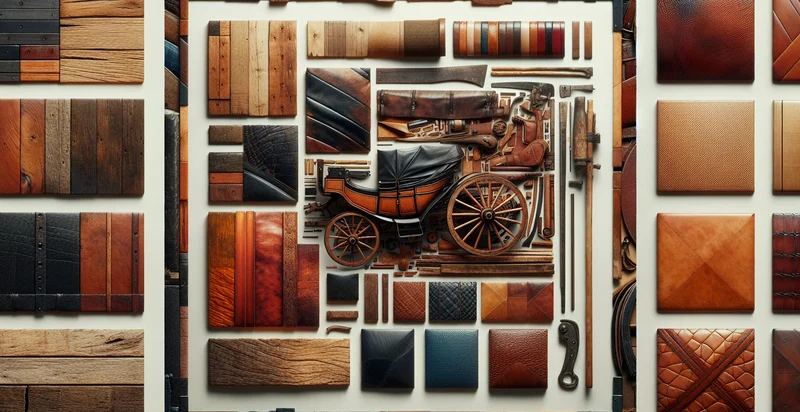Identify what material a sundial is made from
using AI
Below is a free classifier to identify what material a sundial is made from. Just upload your image, and our AI will predict what material a sundial is made from - in just seconds.

Contact us for API access
Or, use Nyckel to build highly-accurate custom classifiers in just minutes. No PhD required.
Get started
import nyckel
credentials = nyckel.Credentials("YOUR_CLIENT_ID", "YOUR_CLIENT_SECRET")
nyckel.invoke("what-material-a-sundial-is-made-from", "your_image_url", credentials)
fetch('https://www.nyckel.com/v1/functions/what-material-a-sundial-is-made-from/invoke', {
method: 'POST',
headers: {
'Authorization': 'Bearer ' + 'YOUR_BEARER_TOKEN',
'Content-Type': 'application/json',
},
body: JSON.stringify(
{"data": "your_image_url"}
)
})
.then(response => response.json())
.then(data => console.log(data));
curl -X POST \
-H "Content-Type: application/json" \
-H "Authorization: Bearer YOUR_BEARER_TOKEN" \
-d '{"data": "your_image_url"}' \
https://www.nyckel.com/v1/functions/what-material-a-sundial-is-made-from/invoke
How this classifier works
To start, upload your image. Our AI tool will then predict what material a sundial is made from.
This pretrained image model uses a Nyckel-created dataset and has 16 labels, including Aluminum, Bronze, Ceramic, Concrete, Copper, Glass, Granite, Iron, Marble and Metal.
We'll also show a confidence score (the higher the number, the more confident the AI model is around what material a sundial is made from).
Whether you're just curious or building what material a sundial is made from detection into your application, we hope our classifier proves helpful.
Related Classifiers
Need to identify what material a sundial is made from at scale?
Get API or Zapier access to this classifier for free. It's perfect for:
- Material Verification for Artisans: Artisans creating sundials can use this classification function to verify the material of their components before assembly. By identifying materials like brass, stone, or wood, artisans can ensure compatibility with design specifications and durability requirements.
- Restoration of Historical Sundials: Museums or restoration experts can utilize this function to identify the original materials used in historical sundials. This information is crucial for accurate restoration efforts, allowing experts to match materials and techniques used in the past.
- Market Analysis for Sundial Manufacturers: Manufacturers can analyze the materials used in competitor sundials through this classification function. Understanding market trends in material usage can inform product development and marketing strategies to better meet customer preferences.
- Quality Control in Manufacturing: Quality assurance teams can implement this function to ensure that the sundials produced meet material specifications. By verifying materials, manufacturers can reduce returns and enhance customer satisfaction due to quality assurance.
- Educational Purposes in Environmental Studies: Educational institutions can employ this function in environmental studies programs to discuss material choices in sundial construction. Students can explore the sustainability and environmental impact of various sundial materials, fostering discussions about eco-friendly practices.
- Consumer Awareness for Buyers: Retailers can implement this classification function to educate consumers on the different materials used in sundials. By providing detailed information about material properties and benefits, customers can make informed purchasing decisions based on durability and aesthetics.
- Art Installation and Landscape Design: Landscape designers can use this function to select sundials that complement their design materials and themes. By understanding various sundial materials, designers can create harmonious outdoor spaces that blend functionality and artistry.


